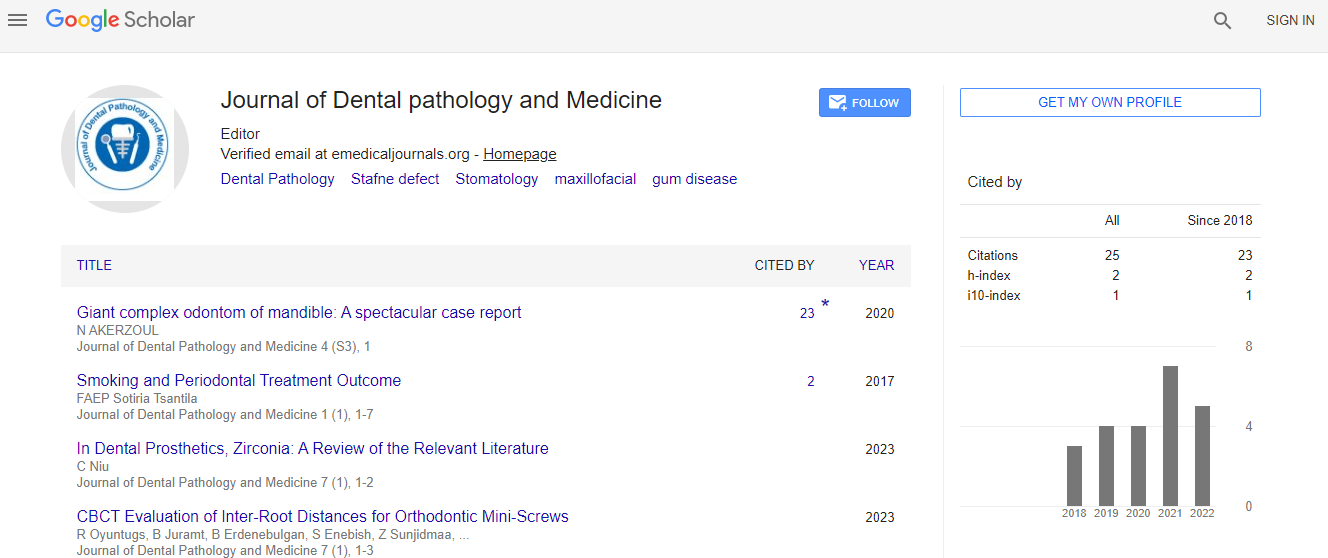Dental clearance prior to medical intervention in patients with liver failure
*Corresponding Author:
Copyright: © 2020 . This is an open-access article distributed under the terms of the Creative Commons Attribution License, which permits unrestricted use, distribution, and reproduction in any medium, provided the original author and source are credited.
Abstract
As many as one in 10 Americans have some form of liver disease. Cirrhosis and chronic liver failure are leading causes of morbidity and mortality, with most cases due to excessive alcohol intake, viral hepatitis, or nonalcoholic fatty liver disease. Routine liver function tests do not correlate well with degree of liver function but with liver cell damage instead. Liver transplant is the only effective long-term treatment for chronic liver failure. The study detailed in this paper was undertaken to determine: 1. the oral disease presence in patients with liver failure awaiting liver transplant; 2. the oral health care determined to be necessary to clear patients for transplant and the costs of that oral care; 3. the effectiveness of an examination and treatment algorithm in the evaluation and care of liver failure patients; and 4. whether correlations existed among various commonly performed laboratory tests in these patients. The study showed that patients awaiting liver transplant commonly have generalized severe periodontal disease and periapical abscesses which would preclude the patient from undergoing transplant surgery. The average cost of care to issue dental clearance for the patients in this study was $1,169. Liver failure patients being considered for liver transplant surgery can be treated safely using a treatment algorithm to guide care that incorporates a few precautions to avoid post-operative bleeding. Precautions include platelet transfusion and use of agents and surgical technique to ensure hemostasis. Results of commonly used laboratory tests for liver failure patients were not found to show correlations with one another and were not considered good predictors of the risk for complications following invasive procedures.

